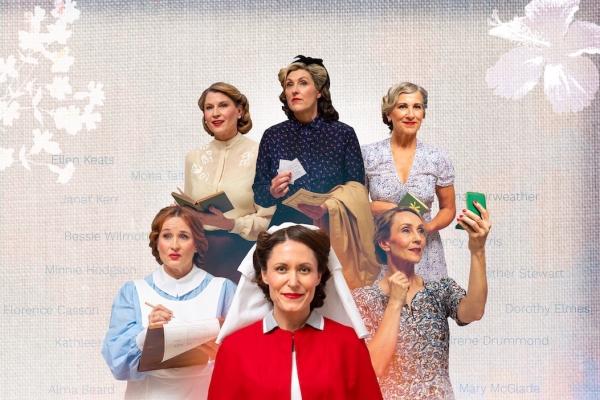Home
Discover the Memorial
The Memorial has marked a major milestone by officially opening its new Main Entrance.
Entry is free and tickets are not required.
School and school aged group bookings
Explore the Galleries
Explore more than 7,000 objects on display from the National Collection.
The Memorial's galleries and exhibitions explore Australia's involvement in major conflicts and help to tell Australia’s continuing story of service, sacrifice and military history.
WM - War Memorial Magazine
The Australian War Memorial is proud to announce the launch of our new official magazine and website: WM.
A new home for well-researched articles, personal stories, expert insights and behind-the-scenes access to the Memorial.
21 Hearts
Experience the compelling true story of courage and survival at the Memorial’s new Theatre.
21 Hearts: Vivian Bullwinkel and the nurses of the Vyner Brooke is a moving live theatre performance that honours the strength, resilience, and sacrifice of Australian women during the Second World War.
Indigenous service
Explore a selection of resources related to the wartime experience of Aboriginal and Torres Strait Islander peoples.
Please be advised that the following pages contain the names, images and objects of deceased people.
Efforts to reduce waste during war are well-documented.
Private William Edward Kemp Grubb of Launceston, Tasmania was 25 years old when he and the newly-formed 26th Battalion embarked for Gallipoli on 29 June 1915. From the moment he embarked, he kept a deeply thoughtful record of his life as a soldier in the First World War, with his diaries spanning his service from 1915 to 1918.
During the Second World War, the Australian Women's Army Service set up a training school at Arthur's Seat in the Adelaide Hills.







